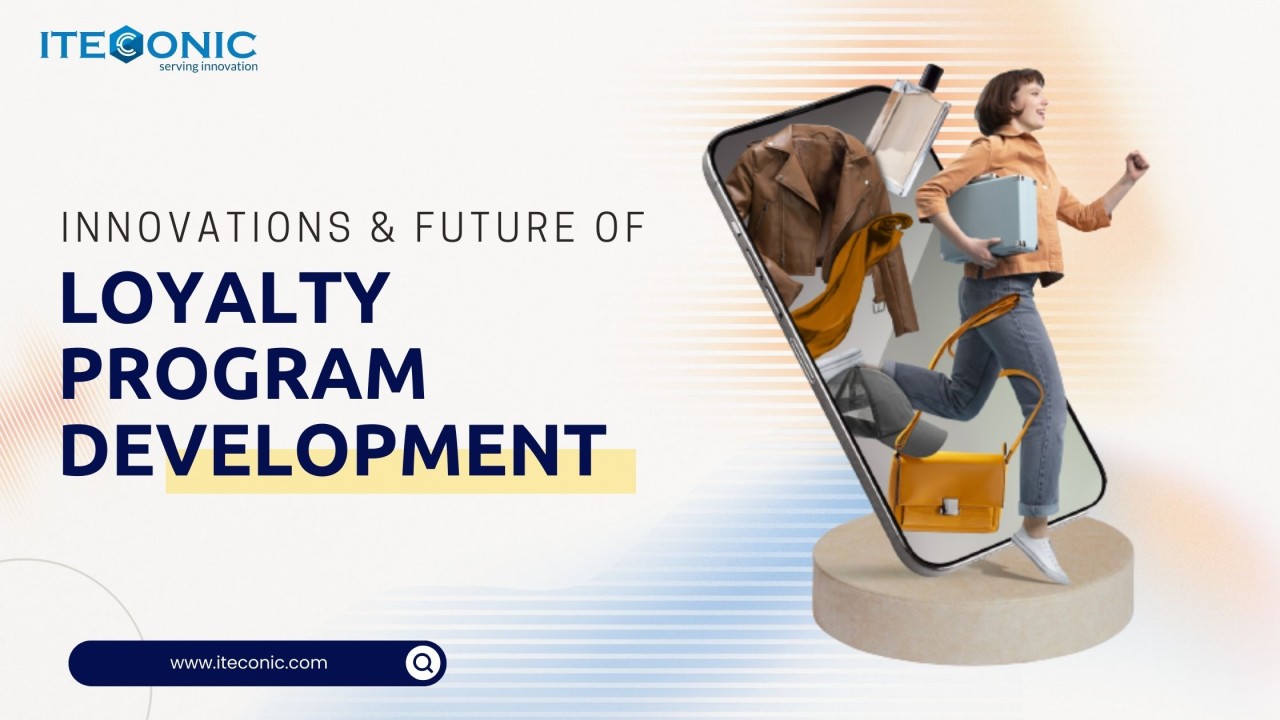Business
Innovations in Loyalty Programs

Loyalty programs are reshaping how brands engage with their customers. The future of loyalty is less about discounts and cash back and more about experiential and gamified rewards.
Brands must focus on omnichannel integration and data-led personalization. They must also consider strategic partnerships to create an ecosystem for consumers to earn and redeem rewards across multiple brands.
Gamification
While Candy Crush and Wordle are wildly popular mobile apps, they’re not the only ways brands can use games to boost loyalty programs. Gamification isn’t a fad that consumers find off-putting, and millennials and Gen Z consumers particularly enjoy competing against their peers in an environment where they’re familiar with the mechanics. A recent study found that 27% of millennials would stay with a loyalty program if it offered gamification features.
Tiered loyalty incentive programs commonly use gamification elements by grouping customers into levels or tiers based on metrics they select (e.g., purchasing or referring). But the gamification trend has gone beyond just establishing loyalty tiers. It now includes a variety of tasks that help customers feel like they are moving steadily closer to completing the “game.” These may include streaks (successful successions of purchases) and milestones, which allow for a personal connection with a brand’s loyalty program.
Customer loyalty impacts every key metric for a business, from revenue to profit margins and share of wallet. It is crucial to prioritize customer loyalty as it is more cost-effective than acquiring new customers. Increasing engagement with your loyalty program and the long-term benefits it can deliver requires that you make the experience fun and engaging.
Payment Integration
Businesses spend less on retaining customers than acquiring them. Loyalty programs boost customer value. Many brands offer points-based rewards, often cashable for discounts, free products, or insider perks. For example, an apparel and outdoor gear company offers loyal members exclusive pricing for products they buy regularly to motivate them to maximize their membership.
Integrated payment solutions can enhance loyalty programs by providing seamless digital experiences. It includes omnichannel support that allows customers to see their current loyalty balances in-store, online, or via mobile payments. Merchants can use this data to create hyper-personalized experiences to drive customer engagement and loyalty.
A well-designed loyalty program can help consumers overcome inflation and product pricing challenges. Points-based programs can encourage repeat purchases by offering tiers of exclusive perks for higher spending levels, which are especially popular in retail environments like restaurants. By becoming an active partner in helping consumers navigate these challenges, brands can build a solid trust relationship and foster loyalty that endures beyond temporary price fluctuations. It helps businesses gain a competitive advantage that can boost revenue and margins.
Immersive Experiences
A loyalty program rewards customers with credits toward future purchases. It can also help companies reduce sales costs and compile customer profiles for targeted deals.
One of the most common loyalty programs is a points system; customers earn points on purchases that they can redeem for complimentary products or discounts. Many brands use this model.
Other businesses offer tier-based loyalty programs, which rank customers based on their spending and give them different benefits. Apparel and outdoor gear brand REI is an excellent example of this. It requires a $20 membership fee to join its program but gives members serious value like 10% back on every purchase and steeply discounted “garage sales” and adventure classes.
Still, other brands focus on aligning their loyalty programs with their mission, like the ethical beauty brand, which allows its members to donate their rewards instead of spending them. These kinds of innovative strategies are not only attracting more loyal customers, but they’re also encouraging them to spread the word about their favorite brands. In turn, it increases the likelihood of those new customers becoming loyal.
Strategic Partnerships
Developing strategic, well-aligned partnerships with other brands provides a halo effect to your business and can add significant revenue to your program. For example, airlines have mastered loyalty-based partnerships and get paid when their customers book hotels, car rentals, or rideshare services at the same time they buy flights. It creates a seamless experience and generates the airline’s billions of dollars in extra revenue.
Loyalty-based partnerships can take many forms, including rewards-based programs that give customers unique perks for repeat purchases or point systems that let them collect points and earn exclusive rewards. Other types of partnerships involve offering tiers that give different benefits depending on how much customers spend or engage with the brand.
The ethical beauty brand offers a value-based partnership that lets its customers choose to donate their reward points to a partner charity of their choice. This approach lets the brand align with its values and attract new customers who share those values.
Many retailers use their loyalty programs to encourage repeat purchases by offering free shipping, early access to sales, or exclusive merch. However, the most successful programs refocus their efforts away from getting customers to spend more money and provide genuine added value to their customers. This approach can make your customers happier and more likely to recommend you, ultimately increasing customer retention and CLV.
Harper Harrison is a reporter for The Hear UP. Harper got an internship at the NPR and worked as a reporter and producer. harper has also worked as a reporter for the Medium. Harper covers health and science for The Hear UP.










